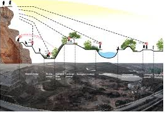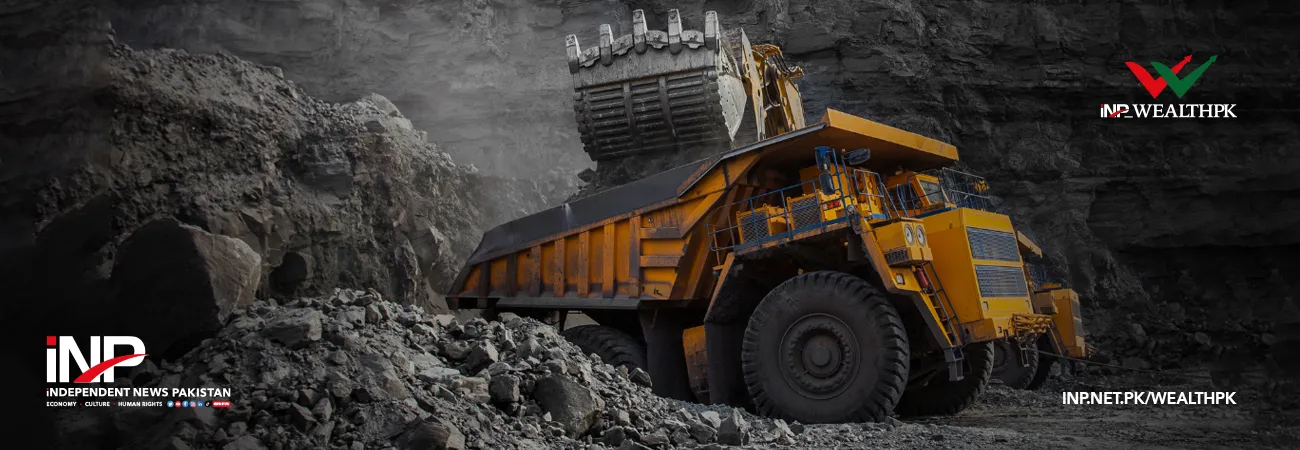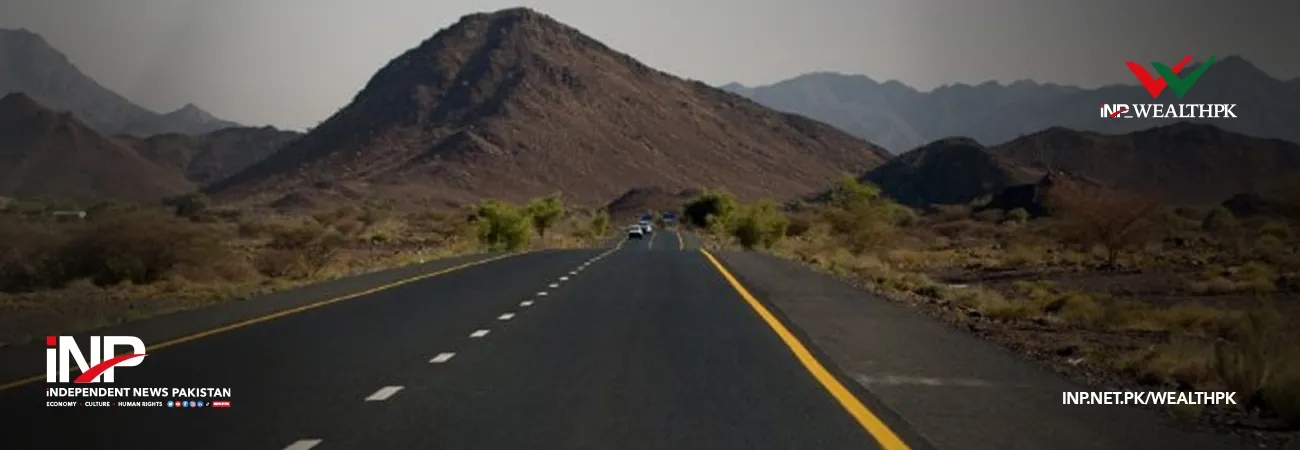آئی این پی ویلتھ پی کے
Faiza Tehseen
Pakistan must embrace regenerative mining to shift from an extractive economy to a restorative one for ecological health and community empowerment.

“Regenerative mining focuses on restoring and enhancing ecosystems after mine closure. It is the rehabiliation process that not only creates self-sustaining post-production ecosystems but also contributes to a circular economy,” explained Abdul Bashir, chief geologist with Koh-e-Daleel Mining Company Private Limited, a Balochistan-based firm.
Talking to WealthPK, he said that regenerative mining also plays a vital role in local economic development through the mining lifecycle. “It involves reforestation, soil rehabilitation, and community-led land use planning that includes turning degraded lands into carbon sinks or productive farmlands after mining resource extraction.”
Bashir said: “Pakistan is grappling with water scarcity, land degradation, and deforestation, particularly in the mining-rich regions, including Khyber Pakhtunkhwa, Gilgit-Baltistan, and Balochistan.”
He said conventional mining in these areas leads to significant environmental degradation, water stress, and social conflict. “As source conservation is crucial, regenerative mining approach will work as both necessity and opportunity.”
Bashir said: “Regenerative mining is not just about reducing harm caused by mining operations, it also helps reverse it by integrating ecosystem restoration, biodiversity protection, and building economic value from environmental repair. As international climate finance is increasingly linked to a nature positive investment, regenerative mining could be a competitive advantage for Pakistan.”
Emphasising the importnace of integrating regenerative standards into national mining policy, he said: “Ecological impact assessments and post-mining land use planning must be a part of all mining licence agreements. Companies adopting regenerative practices should be incentivised with fiscal benefits, including tax breaks, grants, and carbon credit eligibility.”
He said establishing a green mining innovation fund to support technology transfer, pilot projects and developing provincial-level restoration guidelines is also necessary. “By rehabilitating the mined lands, companies can earn carbon and biodiversity credits through tradable assets on voluntary and compliance markets. Irresponsible mining usually leaves ecological damage and social discontent.”
The geologist said: “Regenerative mining ties mineral development with environmental restoration. It is helpful in leveraging international climate finance by mobilising support from multilateral donors to invest in scalable regenerative mining projects.”
“Though Pakistan’s participation in carbon finance is still developing, new partnerships with global environmental finance platforms can fetch value – not just in carbon markets but in agriculture, water security, and community resilience as well,” Bashir said.
Discussing with WealthPK the importance of regenerative mining, Imran Babar, a miner and geologist, said: “Pakistan is among the most climate vulnerable countries globally. Conventional mining has worsened land degradation, deforestation, and water contamination. There is a dire need to develop environmental performance standards, reform impact assessments and introduce investment incentives to advance nature-based solutions.”
He said: “If Pakistan can prove that it can mine responsibly while repairing the land and supporting local communities it can unlock a new tier of sustainable economic growth.”
He said that regenerative mining offers a transformative approach which integrates ecosystem restoration, climate resilience, and community development into the mining lifecycle. “It not only mitigates environmental harm but creates new economic value through carbon markets, biodiversity credits, sustainable land use, and long-term livelihoods.”
Babar said that global demand for responsibly sourced minerals is rising. “Regenerative practices can unlock access to carbon credits, biodiversity offsets, and sustainable land use finance. Restored mine lands can be converted into agricultural zones, carbon sinks, or eco-tourism sites, creating community-owned assets.”
He said: “Indigenous communities often bear the burnt of environmental damage from mining. And regenerative models increase public interest by promoting co-ownership and job creation.”
According to him, “The exisiting mineral and environmental regulations lack enforcement of ecological restoration. Provincial mining departments often lack capacity for planning and monitoring regenerative activities. Unregulated small-scale mining is difficult to monitor or integrate into national restoration targets.”
“There is a dire need for capacity building and training of local communities, authorities, mining firms and other stakeholders about regenerative mining practices,” Babar advocated.
Credit: INP-WealthPk











